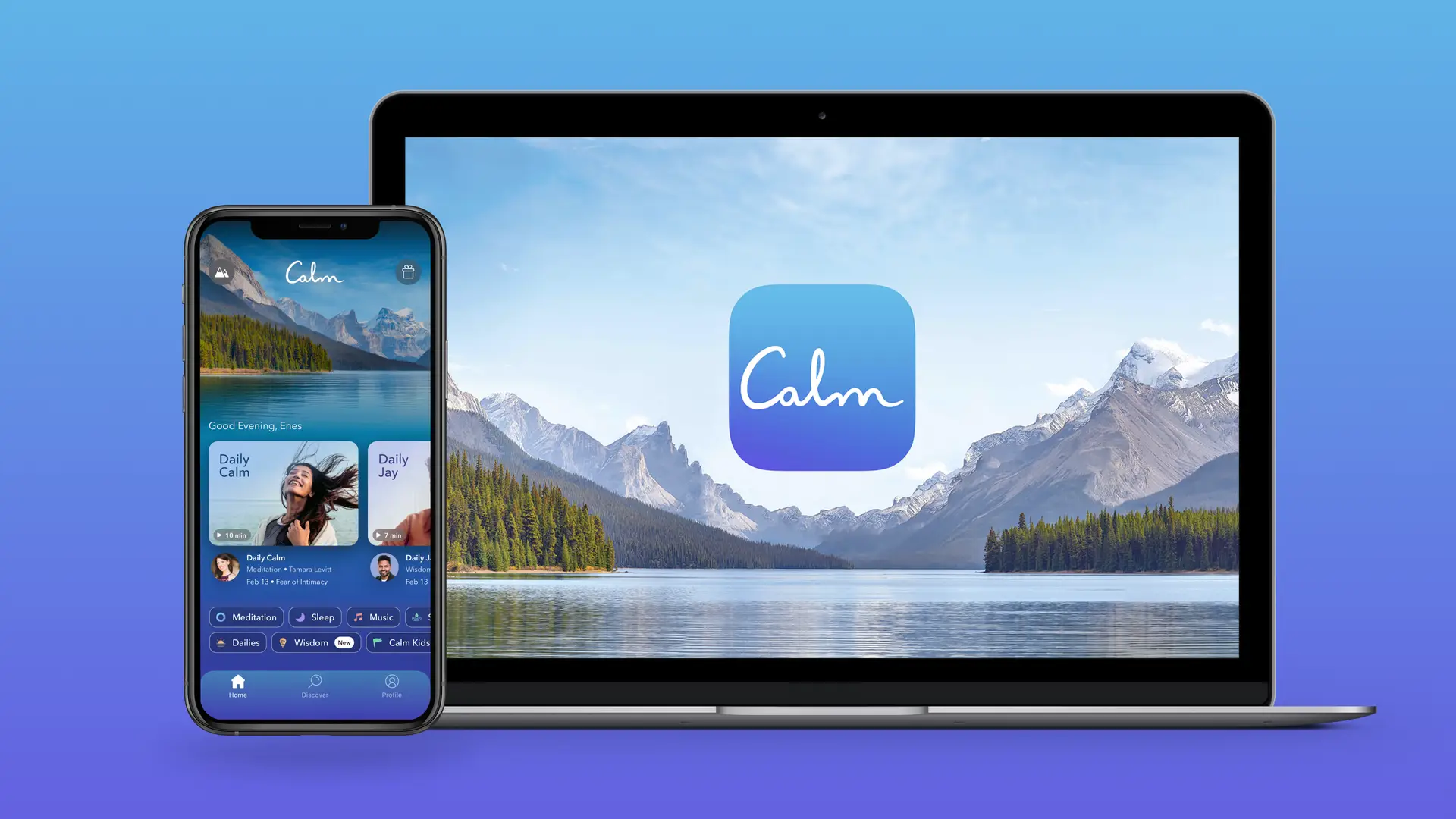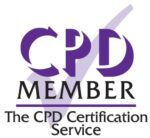What is your elevator pitch when you head to a (virtual) room for some (remote) networking? What is that sentence makes you memorable and remarkable at the end of the night? We all heard the importance of finding the USP for your brand.
Find your elevator pitch, develop a clear mission statement and ‘persona‘.
It’s a great exercise that can help you reflect more on who you are and get clear on your USP: what the advantage or solution you offer to your audience.
A USP (Unique Selling Proposition) is a statement that describes how a business or product is uniquely different from its competitors. It helps to define the unique value it offers and enables customers to quickly identify why they should choose it.
To find your USP, you will look at the combination of the value you stand for, your greatest strengths, why you serve their audience and your unique traits as people.
Your USP can be a combination of the following:
- your content topics
- your tone of voice
- your audience
How the USP sits within your brand strategy
- Content topics: this can be a great way to get more clarity around your content strategy and help find our USP. Some brands gravitate towards a handful of areas they are genuinely passionate about. If this feels too constrictive, then do not focus solely on topics.
- Your tone of voice: your brand archetype can tell a lot about your tone of voice (don’t know yours? Check out our brand archetype lab). When you perfect your tone of voice to be unique and fresh, it’s almost impossible to miss it. It’s a beautiful art that lies in classic literature, and thankfully not one that is completely lost.
- Your audience: This can be another great way to refine your USP. You may love to explore various topics but serve a specific audience and tend to have a laser-focused array of content that genuinely taps into your audience’s particular problem.
Your USP combined with a mission statement looks a bit like this (feel free to steal and fill the blanks)
I help (my target audience) who (main problem) by sharing about (solution or rational benefit) on (topic)
Being able to create a mission statement/bio/tagline that is relevant to your USP can be critical. However, most people still overlook another key element marketers often use to connect with potential customers and find your USP, which is the ESP.
What the heck is an ESP?
ESP, or emotional selling proposition, defines all the emotional triggers that prompt a person to take action. It’s pretty different from the unique selling proposition (USP), representing all the logical reasons to choose you over somebody else.
Emotion is the one thing that influences consumer behaviour the most and can apply to your audience. To tap into the ESP, you must think of the emotional values and benefits for your audience, such as:
- Feel important and valued
- Feel part of a unique group
- Feel whole and remembered
- Feel attractive and hip
- Feel safe and accepted
Your ESP may include one of the following:
- Your why: the reason why you show up online can be another great way to create a USP, as it ties in with your own story, a potential obstacle you have overcome in life, or even the solution to a problem you faced, creating a stronger bond with your audience.
- Your purpose: On a micro-level, all your content should serve a purpose, yet you may have one specific problem your audience is desperately trying to solve. Your vision may change and evolve, but when it comes to your pieces, you want to put purpose first.
Let’s take your content for example: what is the purpose of your content? If my audience got one thing from this, what would that be?
USP and ESP can shape a remarkable brand
Being as straightforward as possible about finding your USP and the ESP is essential, and that’s how I try to simplify and streamline all of my efforts.
Once you understand the core elements you can bring to the surface to shape your content, you can clearly define what makes you unique in the eyes of your audience.
Your updated USP and ESP in a mission statement goes a bit like this:
I help (my target audience) who (main problem) by sharing about (solution or rational benefit) on (topic) so that they feel (emotional benefit).
Getting clear on what makes you unique makes your content stand out every single time. If you want to generate action, you have to generate emotion. Make this the driving force of your content, and nothing can truly stop you.
If you want to learn how to use your USP and ESP in your marketing, check out our positive impact marketing certification.
For people to connect with your content at first impression, getting clear on how you can connect with your audience will make you stand out from the crowd.
Ready to get started with positive impact marketing?
Set up power marketing systems build a marketing strategy that drives results, when you join our certification.
Develop an advanced set of marketing skills that drive more measurable results to any project and harness the power of psychology, purpose, storytelling, and impact to build trust in an increasingly skeptical world.
Take our certification, build your marketing plan and build your ultimate marketing toolkit.




